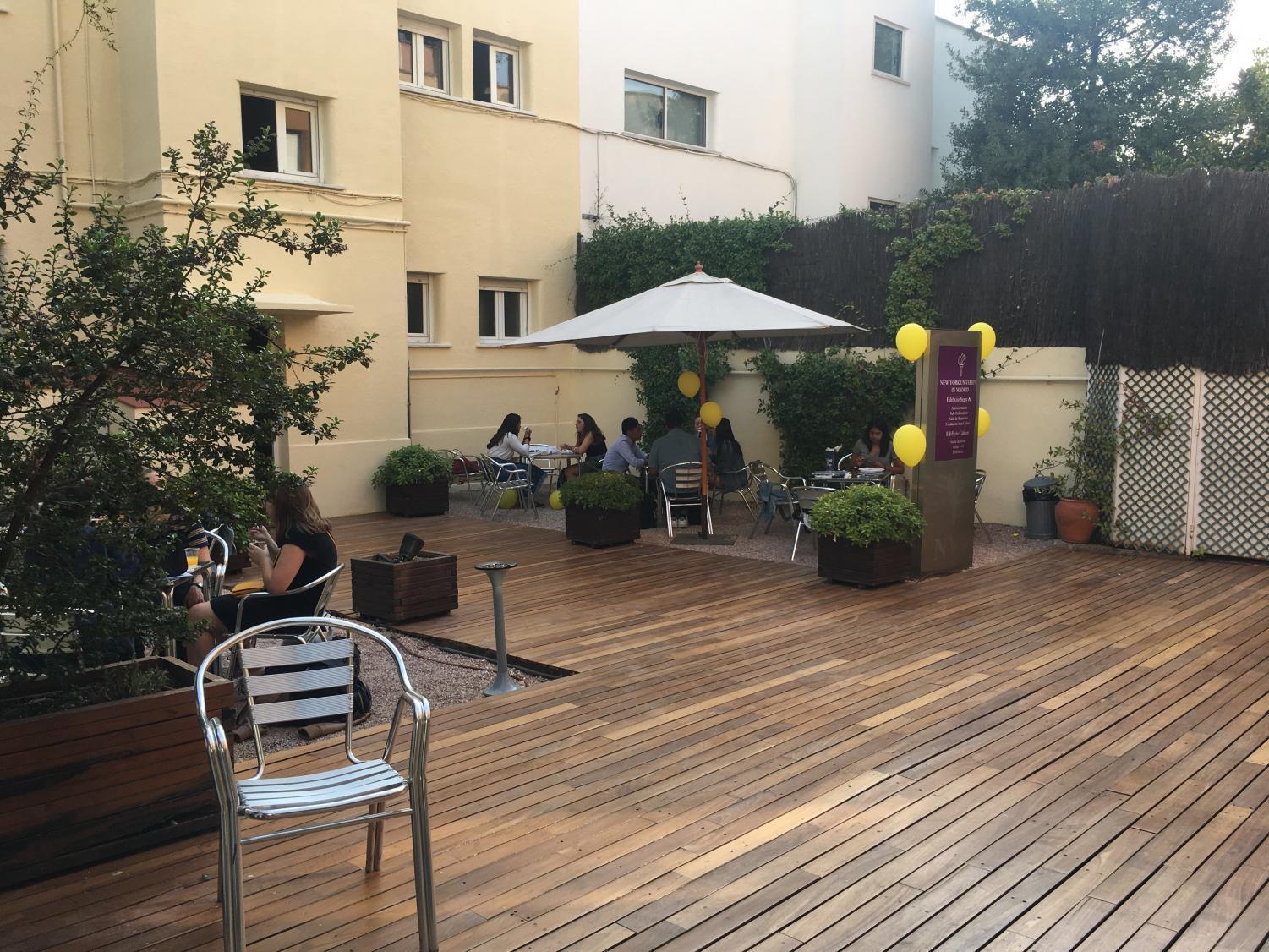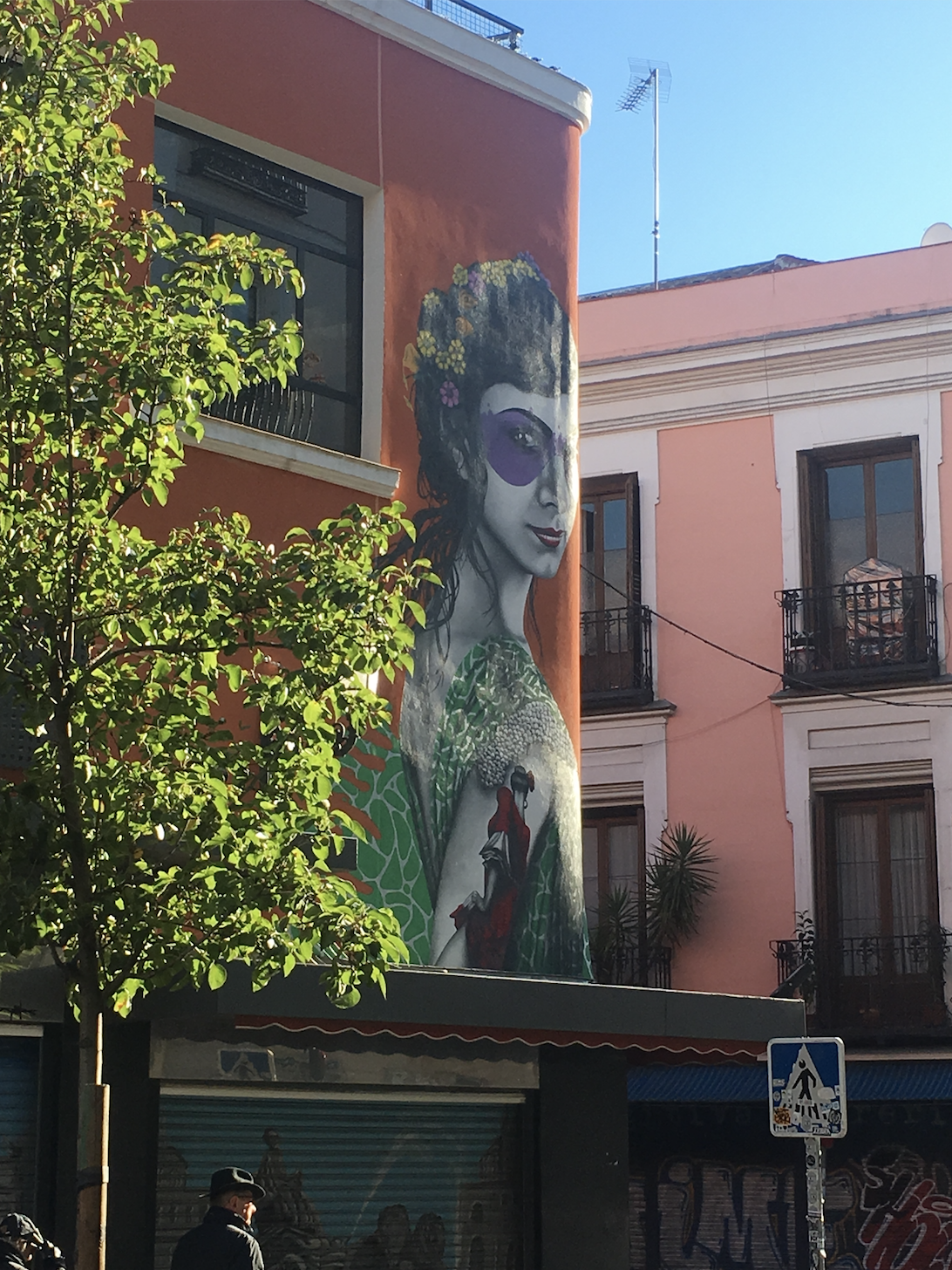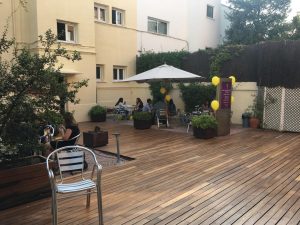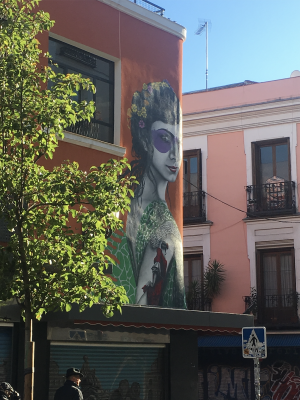Day in the Life: Madrid
April 20, 2018
Before I arrived in Spain, I did not realize how little accurate knowledge I had of the country. To be honest, I had always thought of it as another colonial power turned European Union member, along with the typical stereotypes of sangria, siesta and constant sun. I didn’t expect it to be much different from any other Western European country.
Turns out I was right — but I was also very wrong. There are definitely parts of Madrid that fit the classic European stereotype, with the grandiose architecture and cobblestone roads, but in the seven months I’ve spent here, I’ve learned more from the city and the people than I could have from any travel guide. A large part of that is due to my homestay family.
Living in a homestay allowed me to have a truly unique experience my first semester. Not only did it give me more incentive to develop my Spanish, but it also gave me a madrileño perspective on Spanish politics during the height of the Catalan crisis. Additionally, I gained a Spanish little brother who was shameless in correcting my grammar and whom I helped with his English homework. Most importantly, having a Spaniard cook my dinners taught me a lesson that most NYU Madrid students pick up on very quickly: Spaniards do not eat spicy food or use as much seasoning.
NYU Madrid does a really great job of having courses available that teach the students about Spanish history and culture. Two classes I would definitely recommend are Migrations and Cultural Diversity in Spain because the professor is absolutely amazing and Masterpieces in the Prado Museum because it’s a once-in-a-lifetime opportunity. Imagine learning about amazing and important art while standing five feet away from it, guided by an expert in the field who actually cares about your understanding of the piece. The courses available to students depend on their level of Spanish — classes are offered in Spanish, though some have an English equivalent. The best parts of our small campus are how intimate it is due to its size, and the easygoing student life representatives, who make everyone feel at home.
Getting around Madrid is pretty easy. My homestay was located near the center of the city while NYU Madrid is located on the outskirts about 30 minutes away by metro — although NYU is planning to move to a new building in the city center by Fall 2018. The public transport system in Spain is great because it is super clean and easy to navigate. Traveling has rarely felt like a burden. On top of that, students can purchase an unlimited MetroCard for 20 euros a month (way less than $130 — do better, MTA) that works for the bus, the metro and the Cercanias Madrid, which is comparable to the New Jersey Transit/Metro-North. Additionally, the city, especially near the center, is very walkable. One thing I will mention for those accustomed to New Yorker sidewalks — people here walk slower and there aren’t crosswalks in every corner. Shocking, I know.
Lastly, there is plenty to do around the city. The Community of Madrid generally has one cultural event or another going on, and the nightlife is pretty active. Three classic must-do’s when coming to the city — whether on vacation or for studies — are going to the El Rastro, the open-air flea market that happens every Sunday from 9 a.m. to 3 p.m.; having a stroll around Parque del Retiro de Madrid while the weather is nice; and taking advantage of your student discounted for free entry at the multitude of museums in the city.
Spain is an entity unto its own. There are things that I will miss and things that I will not miss. If you’re looking to find whether the constancy of sangria, siesta and sun is real, I guess you’ll have to come here and find out.
Email Laurie Germain at [email protected].































































































































































